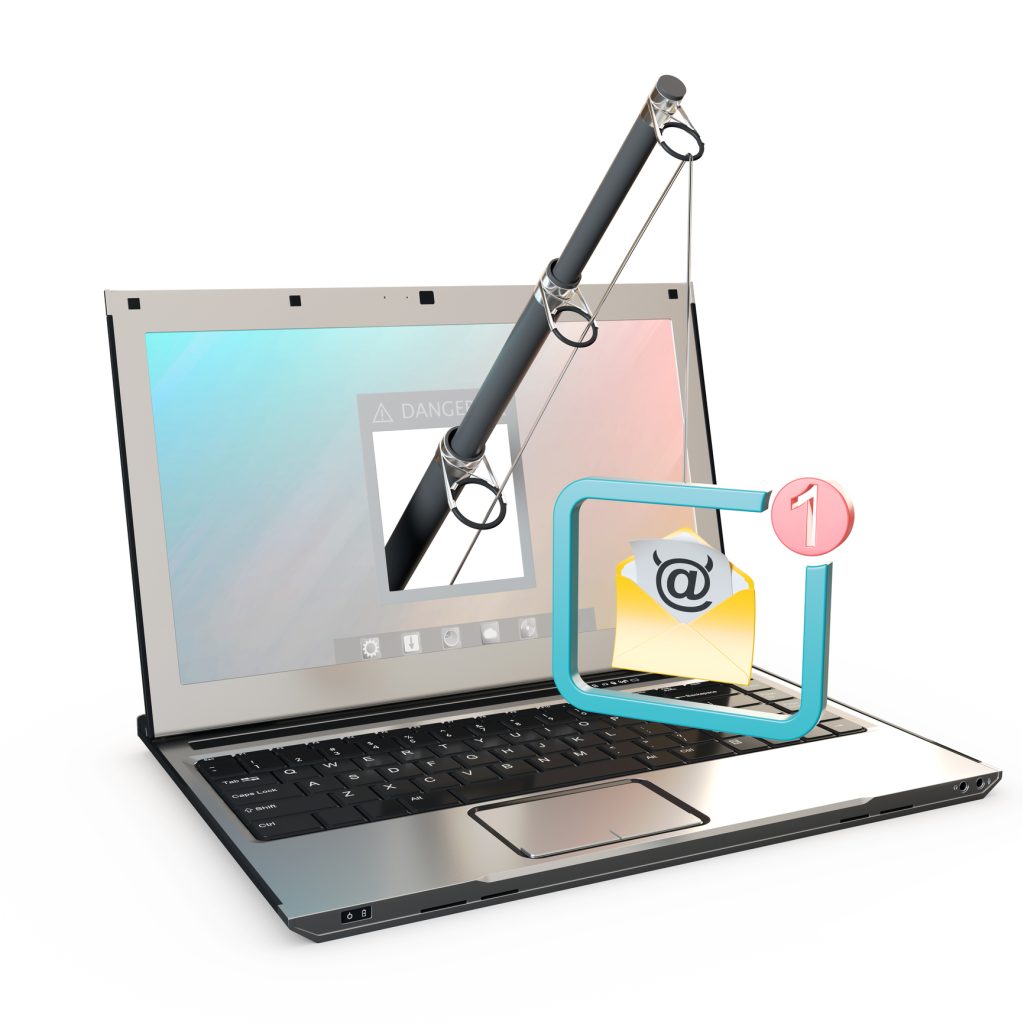Phishing is a tactic used by cybercriminals to execute their malicious and fraudulent schemes. Delivered electronically, typically via email, phishing attacks are initiated by threat operators in order to trick recipients into taking an action or imparting confidential information.
While well-known and often easy to identify, phishing emails continue to plague individuals and enterprises alike, and still sometimes manage to fool their intended victims. Staying informed on the latest types of phishing attempts is one of the best defences against them. but there are other ways to protect both you and the company you work from falling for the perils of phishing, such as secure platforms offering comprehensive protection. October is European Cybersecurity Month, so there’s no better time than now to learn more.
How does phishing work?
Pretending to be from a trusted source, cybercriminals send out phishing emails to enterprise employees. While some will attempt to con recipients into divulging personal, financial, or confidential information, others will incite them to act. Common cases involve a malicious link in the email body and once the user clicks on it, one of two scenarios will typically play out. The link will automatically download malware onto the user’s device, or it might redirect them to a fake login page and ask for credentials. Once there, the victim unwittingly inputs their password and username and the hacker site steals them for further use. More simple schemes may simply attempt to urge the recipient to pay an invoice to a hacker account, believing they are a legitimate supplier.
Email spoofing and spear phishing attacks make the latest versions of this criminal ploy trickier to spot, as the use of personal information in a message can make it more convincing and easier to be fooled by.
How to protect from phishing
Enterprises seeking to safeguard systems and sensitive data from phishing attacks should ensure they educate their employees on signs to look for that may be suspicious. Phishing tests can be carried out regularly, judging staff reactions and improving their responses. Personnel should always be aware of what action to take when receiving a phishing email and never feel embarrassed about notifying those in charge of information security.
Individuals can defend themselves against phishing attacks by remembering never to click on links contained in emails or offer up personal information requested via this channel. Banks and government agencies will never ask for sensitive information via email communication. If an email suggests you need to visit a site to give details or make a payment, always go directly to the webpage through your secure browser, never follow a link.
For private citizens and enterprise employees alike, continuous training and keeping up to date with the most recent schemes and scams adopted is among the best protection available. Obvious signs of a phishing email include poorly written copy, the entire message body being a link and urgent demands to act, devised to cause panic.
Contact our professional team at Galaxkey for advanced defence against phishing. Our secure workspace has been designed to create a safe and user-friendly environment for employees to operate free from phishing tactics, with robust features like digital sign and sender verification solutions.



